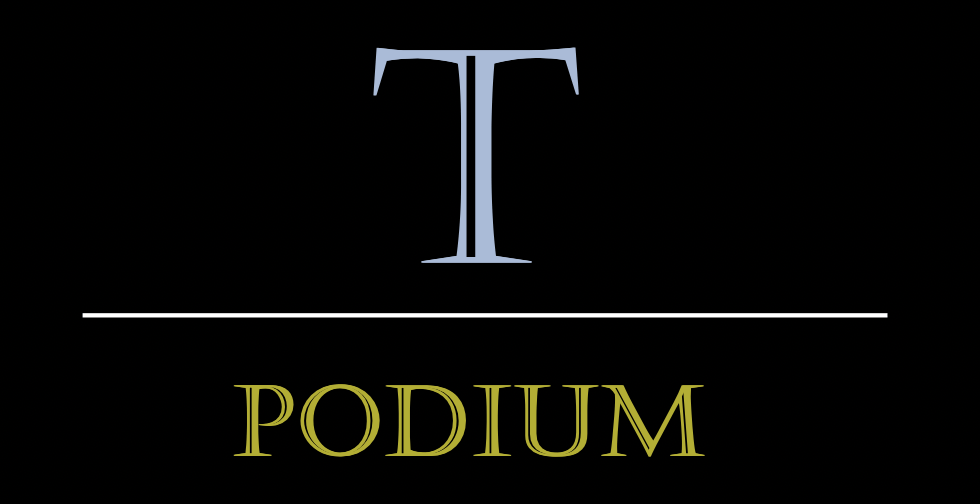A federal grand jury returned a second superseding indictment today charging Julian P. Assange, the founder of WikiLeaks, with offenses that relate to Assange’s alleged role in one of the largest compromises of classified information in the history of the United States.
The new indictment does not add additional counts to the prior 18-count superseding indictment returned against Assange in May 2019. It does, however, broaden the scope of the conspiracy surrounding alleged computer intrusions with which Assange was previously charged. According to the charging document, Assange and others at WikiLeaks recruited and agreed with hackers to commit computer intrusions to benefit WikiLeaks.
Since the early days of WikiLeaks, Assange has spoken at hacking conferences to tout his own history as a “famous teenage hacker in Australia” and to encourage others to hack to obtain information for WikiLeaks. In 2009, for instance, Assange told the Hacking At Random conference that WikiLeaks had obtained nonpublic documents from the Congressional Research Service by exploiting “a small vulnerability” inside the document distribution system of the United States Congress, and then asserted that “[t]his is what any one of you would find if you were actually looking.”
In 2010, Assange gained unauthorized access to a government computer system of a NATO country. In 2012, Assange communicated directly with a leader of the hacking group LulzSec (who by then was cooperating with the FBI), and provided a list of targets for LulzSec to hack. With respect to one target, Assange asked the LulzSec leader to look for (and provide to WikiLeaks) mail and documents, databases and pdfs. In another communication, Assange told the LulzSec leader that the most impactful release of hacked materials would be from the CIA, NSA, or the New York Times. WikiLeaks obtained and published emails from a data breach committed against an American intelligence consulting company by an “Anonymous” and LulzSec-affiliated hacker. According to that hacker, Assange indirectly asked him to spam that victim company again.
In addition, the broadened hacking conspiracy continues to allege that Assange conspired with Army Intelligence Analyst Chelsea Manning to crack a password hash to a classified U.S. Department of Defense computer.
An indictment contains allegations that a defendant has committed a crime. Assange is presumed innocent unless and until proven guilty beyond a reasonable doubt. If convicted, he faces a maximum penalty of 10 years in prison on each count except for conspiracy to commit computer intrusion, for which he faces a maximum penalty of five years in prison. Actual sentences for federal crimes are typically less than the maximum penalties. A federal district court judge will determine any sentence after taking into account the U.S. Sentencing Guidelines and other statutory factors.
John C. Demers, Assistant Attorney General for National Security, G. Zachary Terwilliger, U.S. Attorney for the Eastern District of Virginia, and James A. Dawson, Special Agent in Charge, Criminal Division, FBI Washington Field Office, made the announcement. First Assistant U.S. Attorney Tracy Doherty-McCormick, Assistant U.S. Attorneys Kellen S. Dwyer, Thomas W. Traxler, Alexander P. Berrang, and Gordon D. Kromberg, and Trial Attorneys Adam L. Small and Nicholas O. Hunter of the Justice Department’s National Security Division are prosecuting the case.
Assange is currently detained in the United Kingdom on an extradition request from the United States. Assange’s extradition to the United States is being handled by the Department of Justice’s Office of International Affairs and UK authorities, including the Home Office and the Crown Prosecution Service for England and Wales.
Official news published at https://www.justice.gov/opa/pr/wikileaks-founder-charged-superseding-indictment
The post WikiLeaks Founder Charged in Superseding Indictment first appeared on NORLY NEWS.
originally published at Law - NORLY NEWS

